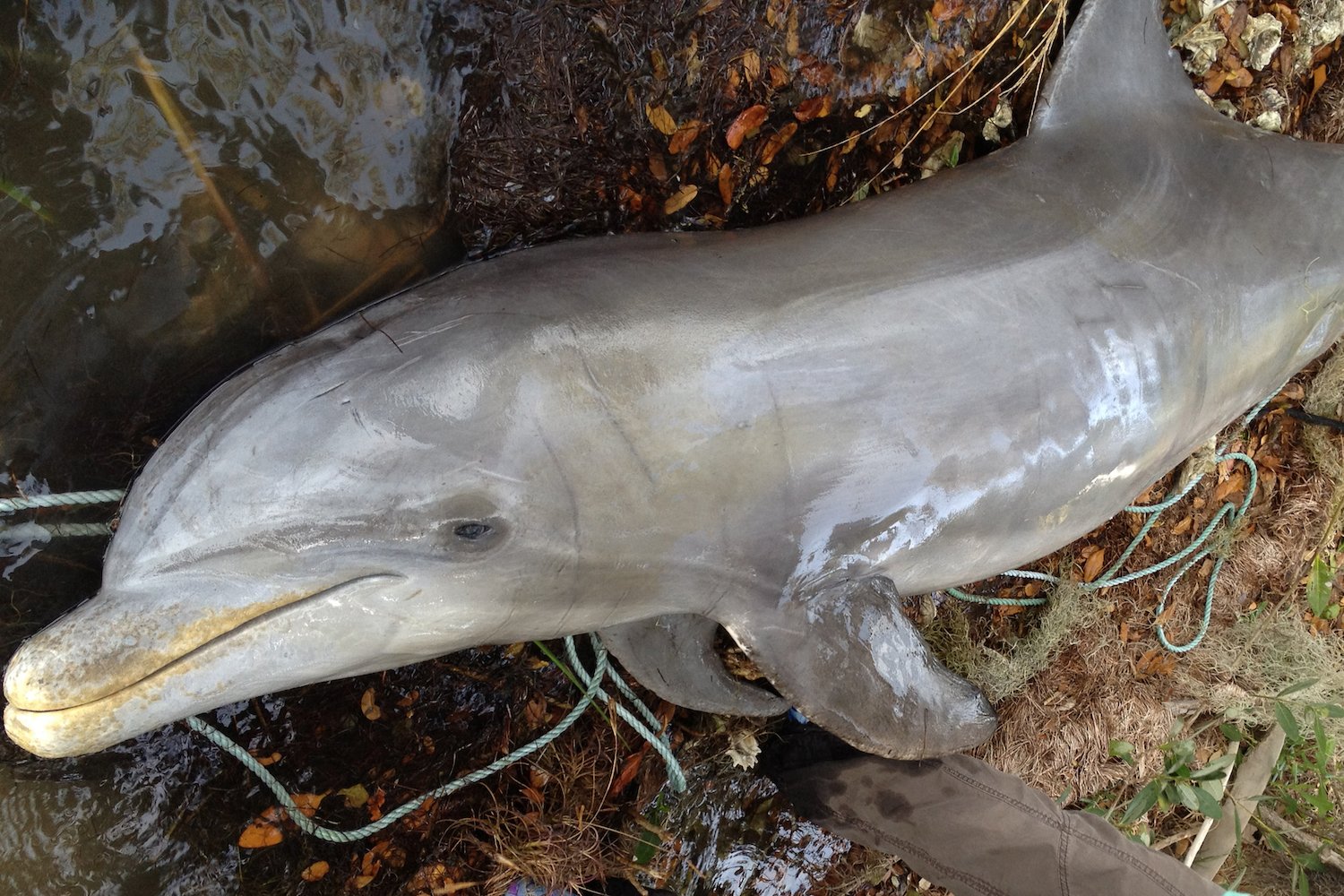In 2013, twelve dolphins living in the Indian River Lagon of Florida who were mysteriously began to die. Their lips were washed, showing the animals were taken away. Now, a decade later, ecologules believe they found out the cause of the strange die-off.
While the deaths have long been linked to massive algae blooms in the water, it takes to this day to determine exactly how the two events are connected, and it turns out, most of the sin of mankind. This may be hard to believe, but it seems that the disposal of a massive amount of human waste and fertilizer in the waterways can be bad.
As ecologists Remember In the journal Frontiers in Marine SciencePhytoplankton's long -term flowering began in 2011. The prevalence of small organisms such as plant has led to a wide ecology change of the Indian River Lagoon. Their existence caused sea volume to water more than 50%, and a 75% macroalgae loss (better known as herb).
That just didn't kill the dolphins, but when the ecologists examined the isotopic ratios to the dental samples taken from the bodies, and compared them to the teeth taken from 44 dolphins that were not part of the die-off, they realized that their diets had changed dramatically. Dolphins ate 14% to 20% less ladyfish, a key dolphin prey, but ate up to 25% more sea bream, a less nutritious fish. In essence, having such a large amount of Phytoplankton reduced the amount of food available for the average victim of dolphins. As the victim's numbers fade, the dolphins need to be caught by more victims to consume the same amount of energy. The effects were not felt by dolphins who died, but by the dolphin population of the area as a whole. At this time, 64% of the following dolphins were not weighty, while 5% were classified as discharged.
“In integration, the transition of diets and the extensive presence of malnourishment suggest that dolphins have difficulty catching enough victims of any kind,” said Wendy Noke Durden, a research scientist at the Hubbs-Seaworld Research Institute, who worked in research, in a statement. “The loss of basic structural structures can reduce overall success through the cause of changes in the abundance and distribution of the victim.”
The historical record carries it. According to records kept by the recorded death causes for stranded dolphins, hunger was the cause of death at 17% of the recorded dolphin deaths in the area between 2000 and 2020. That number emerged at 61% in 2013.
“Phytoplankton's blooms are part of the productive ecological systems,” said Charles Jacoby, director of the Strategic Program at the University of South Florida, who also worked in studying. “Disruptive effects arise when the amount of nutrition that enters a fuel system that is unusual intense, widespread, or long-term flowering. In most cases, people's activities are driving excessive loads. Managing our activities to maintain nutrition to a safe level is key to prevent blooming interruption in ecological systems.
There is a small silver lining in this intense search. As the researchers mentioned, the garbage and other craps thrown at the Indian River Lagoon gradually reduced and expected to hit the safe level by 2035.
However, it is not surprising that human activity can be involved in ecosystems – from the cutting of the surprising amount of rainforest, to the melting of polar ice, to the accidental introduction of thousands of invasive species to new territories. This latest example shows that beyond the obvious main effects, our habit of God's disposal know-what natural environments can have all kinds of trickle-down results-including killing some of our beloved wildlife.



